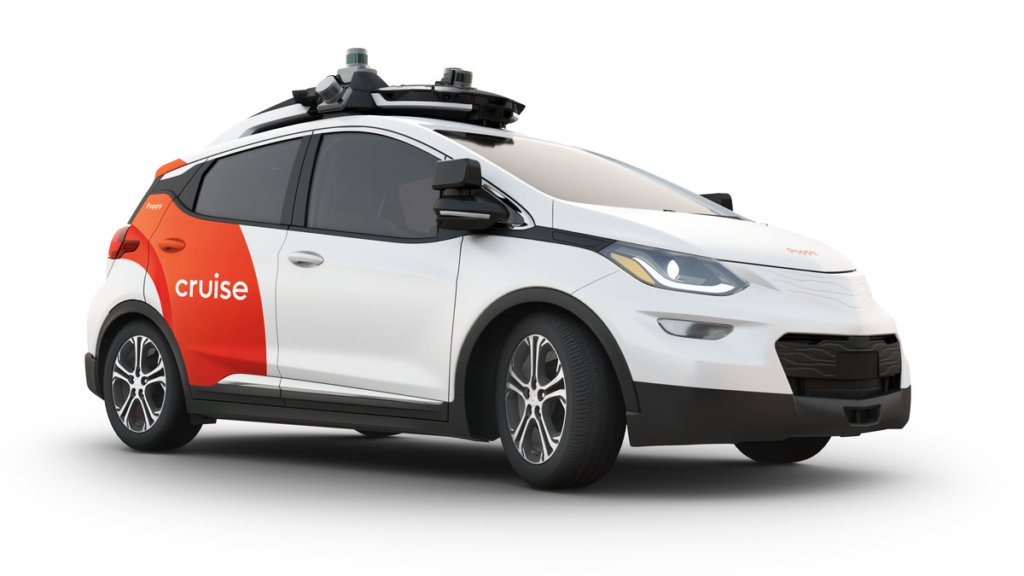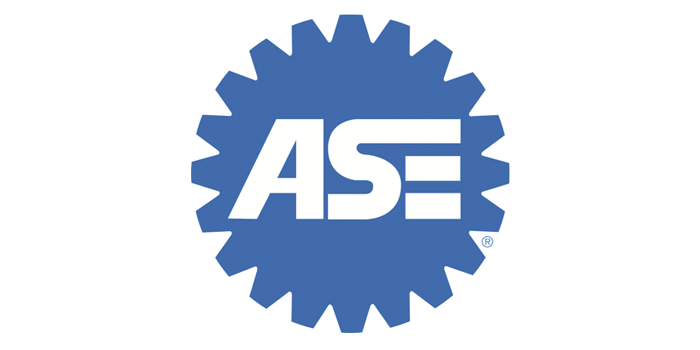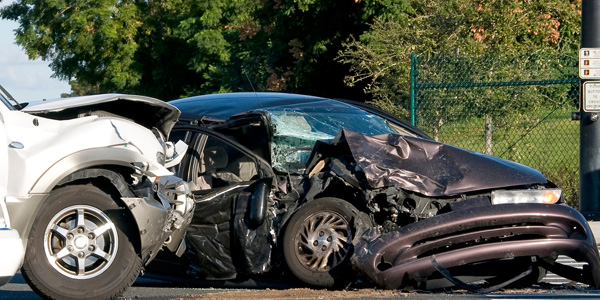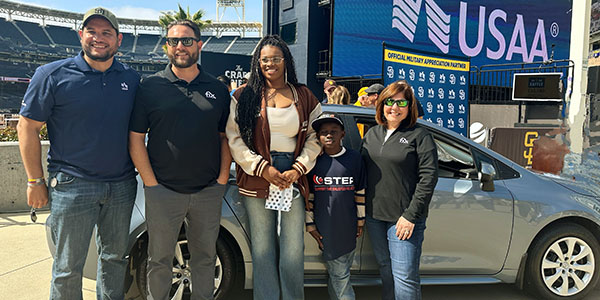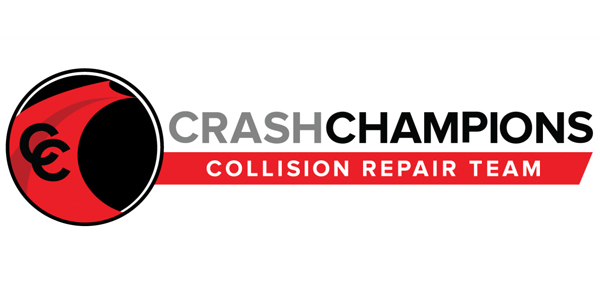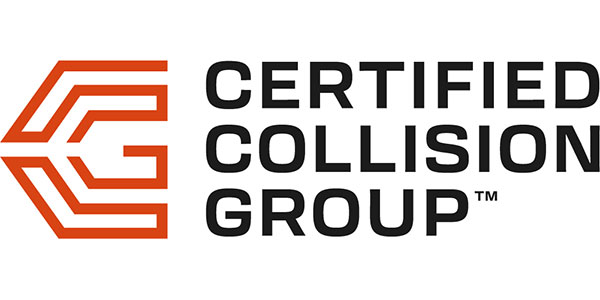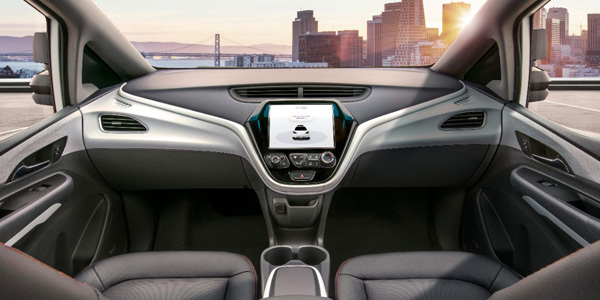
Cruise, a GM subsidiary, recently announced that it will miss its goal of launching a large-scale self-driving taxi service in 2019. Cruise CEO Dan Ammann said the company plans to dramatically increase the number of its autonomous test vehicles on the road in San Francisco, but will not be offering rides to regular people this year, according to an article from The Verge.
Now, Cruise hasn’t set another deadline and Ammann won’t even commit to launching the service in 2020, according to the article.
In the meantime, the company is still waiting on the federal government to accept or reject its request to deploy a fleet of fully driverless Chevy Bolt vehicles without steering wheels or pedals. NHTSA said that it would solicit public comments and conduct a review in March and concluded in May but Cruise is still waiting on the final verdict, according to the article.
:no_upscale()/cdn.vox-cdn.com/uploads/chorus_asset/file/18331069/20190718_Cruise_AV_ISO_FINAL_MB_WBGRND__1___1_.png)
Crusie was under a lot of pressure to keep up with its autonomous competitors, like Waymo and Ford, when the company predicted that it would launch the taxis in 2019, according to the article.
But a lot has happened since then. In March 2018, a self-driving Uber vehicle struck and killed a pedestrian in Tempe, Arizona. Waymo is still testing its fully driverless vehicles without safety drivers on public roads, but not as part of its commercial ride-hailing service. The Alphabet subsidiary launched a commercial ride-hailing service last year, but it’s limited to about 1,000 riders, according to the article.
But with the $7.25 billion Cruise raised last year from investors, Cruise has more time and funds to further develop its technology and projects, including its partnership with Honda to create a self-driving cat without traditional controls, according to the article.
To read the full article, click here.

